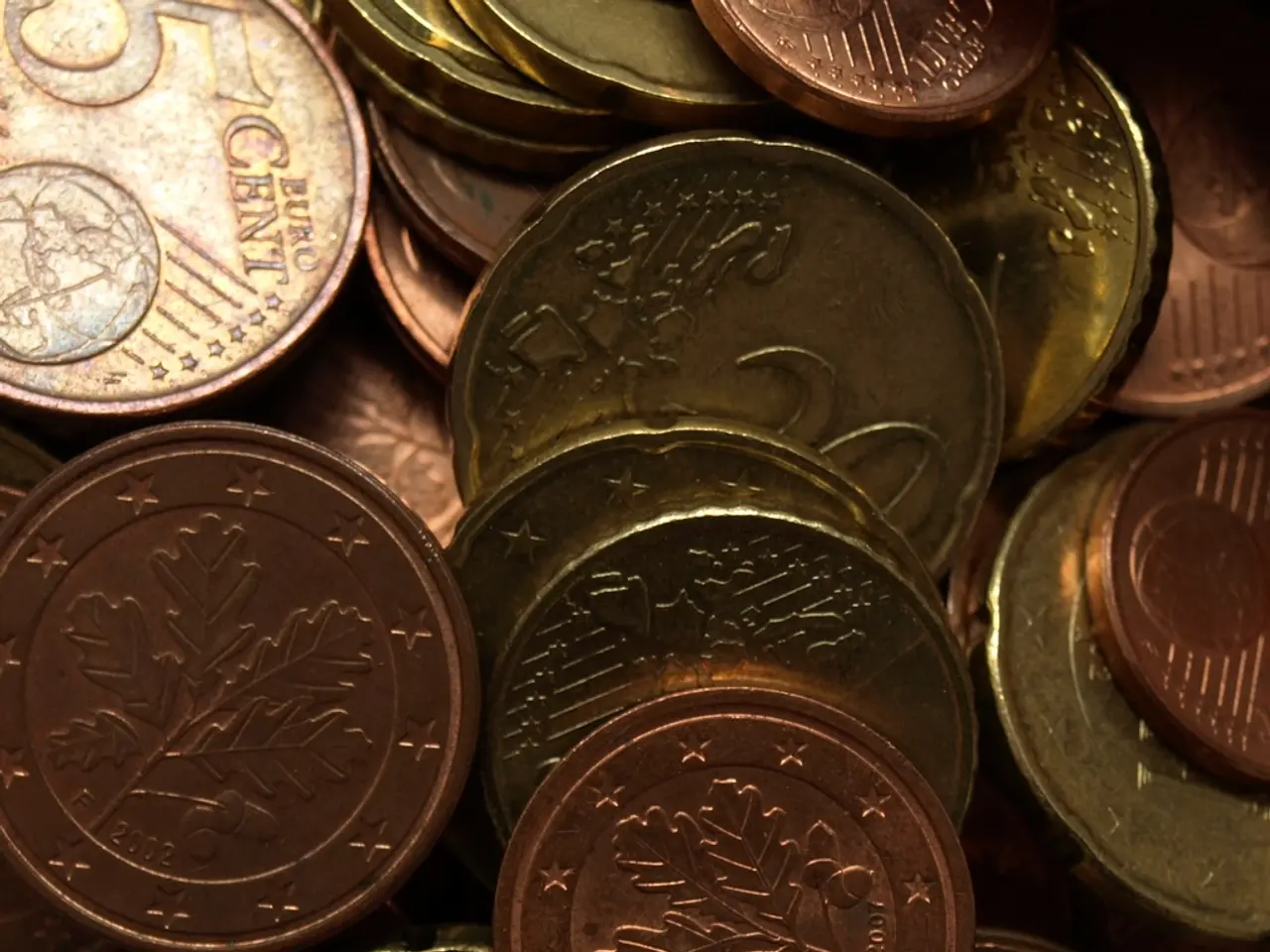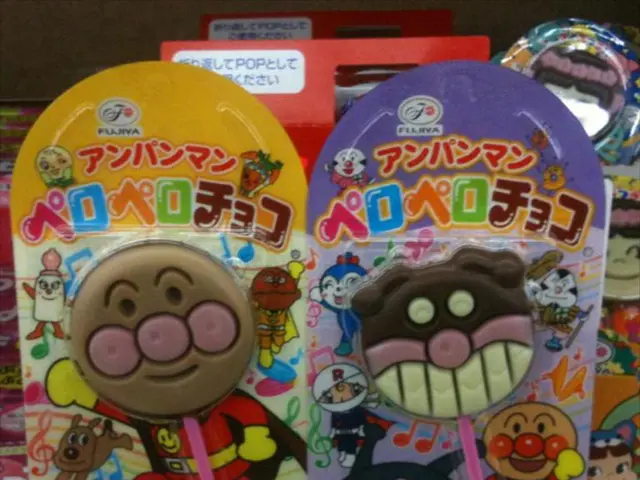Valuable 20-cent Coins: Following the 2-euro Coin's Footsteps
The 20-cent coin, though often overshadowed by more popular collectibles, can hold a surprising amount of value for those in the know. Mint errors, small yet significant flaws that occur during the production process, can transform these coins into sought-after items among collectors.
One such error is the Double Die Error, where a die is imprinted twice at slightly different angles or positions, resulting in doubled images. These subtle errors can only be identified with a magnifying glass.
Another rare production error is the Die Clash Error, which happens when the coining press operates without a planchet between the dies, causing the obverse and reverse designs to clash and leave faint, out-of-place images.
Die Crack Errors, caused by stress or wear on the die during production, result in raised lines across the coin's design. These lines can be straight, curved, or branching, making each coin unique.
Off-Center Strikes, where the coin is struck off-center, can result in part of the design being cut off. The more off-center the strike, the more valuable the coin can be.
Double Struck or Multistuck Errors occur when a coin is struck multiple times, either on the same die or on different dies, causing overlapping images or other anomalies.
Double-Denomination Errors, though rare, could occur if a 20-cent coin was accidentally struck with dies meant for a different denomination, such as a quarter or dime.
Overdates or Misprinted Dates, where parts of the previous year's date are visible under the current year's stamp, are also valuable.
The specific rarity and value of these errors on 20-cent coins would depend on factors like the severity of the error, the condition of the coin, and the demand from collectors. Given the short production run and relatively low mintage of the 20-cent piece, any error coins from this series could be highly sought after by collectors.
Prices for particularly rare mint error variants can skyrocket on online marketplaces. For instance, Italian 20-cent coins from 2002 without the characteristic ridging on the edge can be valued at up to 40 euros by collectors, while German coins stamped on a 10-cent blank can be worth up to 165 euros.
Collectors consider these rare 20-cent coins with mint errors as hidden potential treasures. A tiny mistake during the stamping, grooving, or engraving process can result in a mint error. Paying more attention to small change in the future increases chances of finding a valuable mint error on a 20-cent coin.
However, not all strangely looking 20-cent coins are valuable, as many counterfeits now target collectors who don't know any better. Those who find suspicious 20-cent coins should seek advice from an expert, such as in coin forums or from a specialist dealer.
In conclusion, the 20-cent coin, often overlooked, can hide unexpected value in the form of mint errors. With a simple magnifying glass and a keen eye, one might stumble upon a hidden treasure.
In the realm of hidden potential treasures, a 20-cent coin might unexpectedly harbor value through mint errors, such as Double Die Errors or Die Clash Errors, which can transform a common coin into a sought-after collectible. Meanwhile, venturing into the home-and-garden section of a store, one might also discover a unique lifestyle accessory or pet-related item that fits their Other lifestyle preferences perfectly during their shopping excursion.




